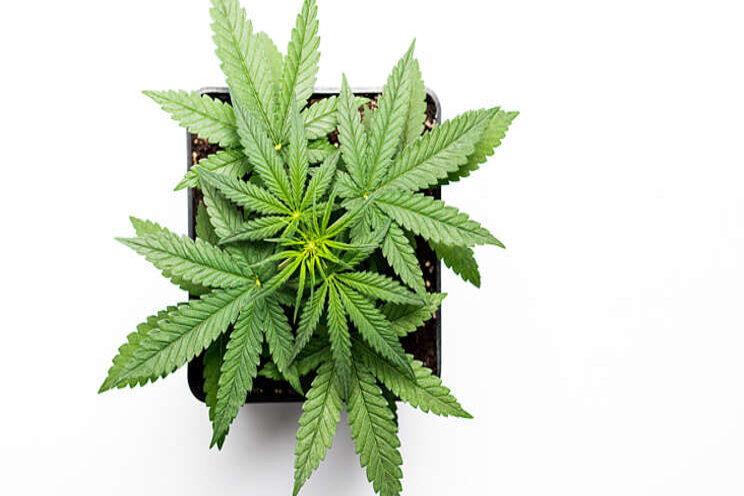Finding safe genetics as a finished cannabis grower
Added on 03 January 2021


Tucker Cole is cultivation consultant with WD Consulting.
Tracking in California is relatively new for the white market, especially those transitioning from the black market. Growers in states like California also have the ability to transfer plants from one supplier to another. This opens up the market for young plant producers and finished growers similar to other agricultural industries. Though finished growers have been running into some trouble locating either clean or proven varieties to grow.
Outsourcing Issues
Outsourcing genetics for a finished grower has been difficult. A typical problem both ornamental and cannabis growers share is pest and disease issues; whether the rooted plants have powdery mildew or insects, most nurseries will allow credit or money back with these problems. In addition, cannabis growers run into other problems well after they have accepted the plant.
The varieties chosen may not yield or perform close to advertised. The details about each variety can be limited to "high yielding" or "smells gassy." These details can frustrate a finished grower when trying to make the right decision for their next crop. Second, the varieties may not be the same genetics from one nursery to another but carry the same name.
Lastly, monoecious, hermaphroditic traits or a plant having both male and female flowers has been an issue in the cannabis industry, and your cultivation methods may trigger the underlying trait without the grower knowing it. Be cautious selecting varieties with the thought that the variety will perform as advertised.
The Key To Success
In the ornamental industry, young plant growers or rooting stations have developed long-lasting relationships with breeders. The breeders provide them with proven varieties that went through rigorous trials to outperform older varieties. These new traits are not only for improved color or habits, but also for disease resistance and consistency across the crop.
The finished grower also expects that same proven variety to reach their greenhouse and make it to the box store or garden center with little to no problems. Those relationships and partnerships have been developed over the last several decades in a controlled market. Unfortunately, that is rarely the case in the cannabis industry.
Developing a relationship with the young plant producer is the key to success. The growers and sales representatives of these nurseries have been around the industry. They have developed relationships with other growers, learning how they grow and use the nursery's product. The first step would be to allow the nursery's sales rep into your facility. They will be able to understand the production method you have developed and tailor a genetic plan for you.
For example, a greenhouse grower with an organic, low plant density method would be looking for plants tailored to the fertigation method and long vegetative times. An indoor vertical grower is most likely looking for a plant that can handle water-soluble fertilizer, short vegetative time and extremely high plant density. The nursery representative will be able to tailor the genetics for the system.
Why would a cannabis grower opt to be only a finished grower? Being vertically integrated does give the company full control of every step for their brand, whether it's marketing a variety or controlling pests and diseases, but it also creates some inefficiencies. Growing multiple stages of a plant can increase the operating costs to produce the product.
Opting to be a finished grower removes the liability of maintaining mother stock and investing in the trial and error of your own genetics. The regulations of controlling only one or two stages of the process give the growers the flexibility to become either a cog in the wheel or vertically integrated within cultivation depending on state laws.
Within the hemp industry, there are many breeders and young plant producers that are bringing transparency to the industry. Most will provide a Certification of Analysis and information about planting dates for your region. There are a few that have gone the extra step to provide an open house to show finished growers trials of their and competitors' varieties. These producers have trialed varieties for each region of the U.S. Thanks to these trials, growers have found hemp varieties not suitable for every region. Whether these varieties are not disease resistant or need shorter days can depend on what latitude the farm is located on.
If you considered becoming only a finished grower, make sure to develop a relationship with multiple nurseries that will be providing your genetics. This will limit your risk if your chosen varieties no longer exist or the young plants have a pest issue and need to be rejected.
Over time, the varieties will be improved and there will be transparency in the THC cannabis market. However, is that something your company is willing to take on today? Reach out to your nursery or a consultant for more guidance.
— Tucker Cole, WD Consulting
This article originally appeared in the July issue of GPN—Greenhouse Product News, a sister publication of Cannabis Product News and Hemp Production News.
Source and Photo Courtesy of Cannabis Product News
Source: Cannabis Product News
More news















